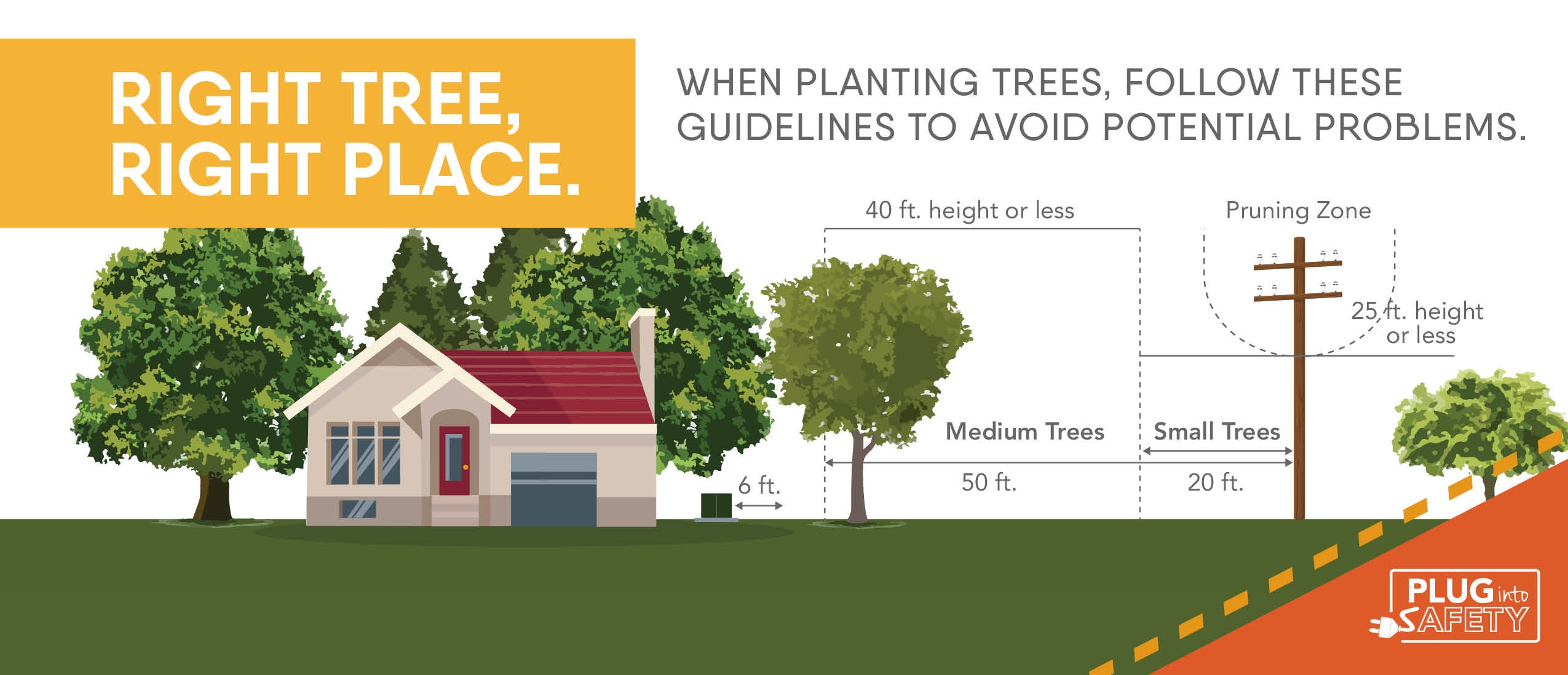A growing problem
Trees that grow or fall into power lines are the single largest cause of power outages, according to the Federal Energy Regulatory Commission. Problems can occur suddenly, such as when a branch breaks during a wind or ice storm. Issues can also develop over time through natural growth patterns, with growing branches crowding or rubbing against power lines.
Trees located near power lines represent a real threat to children who may be tempted to climb them or to homeowners attempting to tackle a tree-trimming job on their own. Limbs and branches that come into contact with power lines may become energized.
Trimming back
To improve safety and reduce the risk of power outages, Noble REMC maintains a vigilant program of tree and brush removal and trimming around more than 1,265 miles of energized line.
Directional pruning guides new growth away from power lines. Limbs or portions of limbs growing near power lines are trimmed back to the main branch or trunk, where they would naturally shed if the limbs died from natural causes. This pruning method preserves the tree's natural defense system and minimizes impact on the crown. In some situations, an entire tree is removed. Tree removal may be necessary because the tree is leaning toward a power line or has a structural defect that increases its risk of falling.
Spraying
Our right-of-way crew also does an annual spraying treatment around our poles to clear vegetation. If you would like to maintain the right-of-way that crosses your property in some other way, “Do Not Spray” signs are available at the Noble REMC office, but you must make sure the signs are visible and legible from the roadway and notify us of your location.

